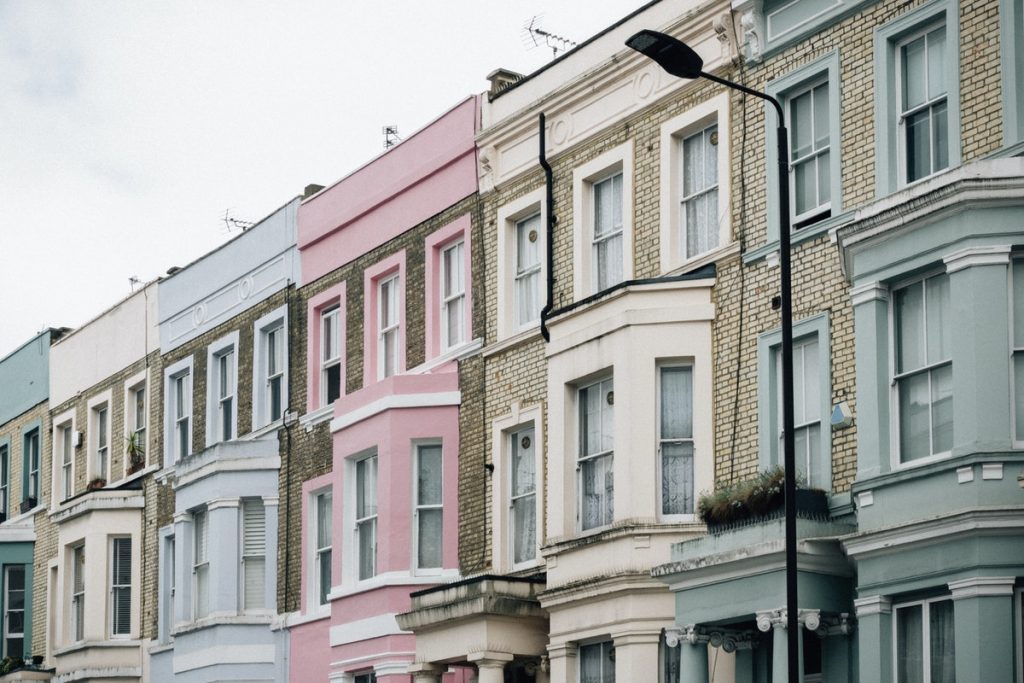The real estate market in the UK is in a real state right now. For some, anyway.
From the pandemic beginning up to April 2021, the average house price here rose by almost 9% and things seem to be accelerating, with the second quarter of the year (ending in June) recording 13.4% growth, which is the highest level since November 2004.
Whilst this is good news for those selling up or with a foot already firmly placed on the property ladder, these record breaking highs represent another obstacle for first time buyers, regardless of the recent announcement of several government schemes designed to help.
With so many changes afoot, it can sometimes be hard to keep up. With that in mind, if you’re looking to buy a home, here are 4 major recent changes in the UK housing market.
INCREASED THOUGH SHIFTING DEMAND
Though an increased interest in buying property has emerged, there has been a shift in exactly where people want to live. After a year spent indoors, locked down and lacking Vitamin D, many potential homeowners are looking for properties with more space, both indoors and, particularly, out.
Because of this, there has been a particularly keen interest in properties in the boroughs and outskirts, as they are relatively cheaper when considering square footage for your buck. There is a vast difference in what you get for the same price in inner city Birmingham and in the the outskirts, for instance.
DB Roberts, who are trusted estate agents in Stafford, tell us that ‘’Many local homeowners began to reassess what they needed from their living spaces during the lockdown, looking for properties with more interior space or larger gardens’’, reporting that 40.5% of respondents to a survey suggested that their homes weren’t big enough to fit their needs.

BUYER PREFERENCES
Given that the pandemic has caused an exponential rise in home working, this increased desire for more space has been fuelled primarily by the need for an extra room to facilitate working-at-home for the foreseeable future. Many homeowners would now prefer a three-bedroom house in the outskirts instead of a two bedroom house in the city for a similar price, in order to convert one of those rooms into a home office. Transport links and the convenience of commuting, it seems, has now fallen far down the pecking order of buyer preferences.
This concept has been coined ‘reverse migration’, with extra space for a home office, the desire for more outdoor space, the overcrowding of cities and a sense of disconnect with the community all cited as reasons for wanting to ‘escape to the country’.
VIRTUAL VIEWINGS
Virtual viewings were, of course, a ‘thing’ pre-pandemic, but since face-to-face contact was severely limited in light of coronavirus restrictions, exploring a property over camera has now become the norm. Though the majority of those restrictions have now been lifted, we still expect virtual viewings to continue as a trend for the foreseeable future.
The emphasis is now on the seller to make their property look as visually appealing and immediately striking as possible, above all else.
Read: 6 top tips for hosting virtual viewings

LOW DEPOSIT MORTGAGES
Low deposit mortgages were hard to find at the beginning of 2021. With the UK economy hit hard by COVID-19 and vast swathes of the UK adult population on furlough, banks and lenders were strict about their lending criteria, and hence deposit amounts and interest rates shot up.
To tackle this, in April 2021, the UK government announced the mortgage guarantee scheme. This scheme helped potential buyers and investors secure a mortgage for their property purchase with just a 5 per cent deposit. On top of that, a stamp duty holiday has been extended until September 2021. This has helped the housing market to boom, though many first time buyers report still being priced out of purchases. We will see if this trend continues into 2022.





